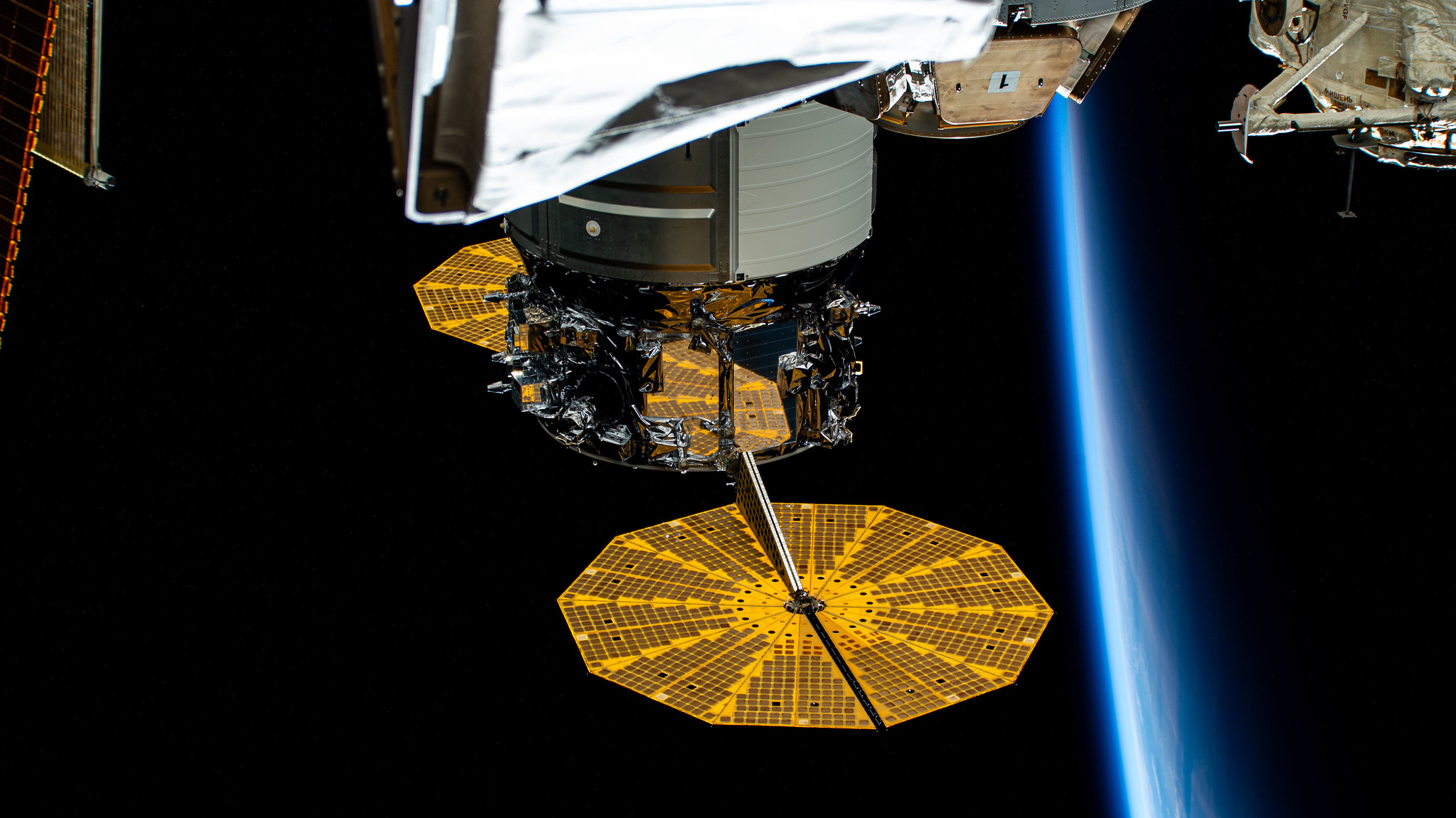
Northrop Grumman's uncrewed Cygnus spacecraft is scheduled to depart the International Space Station on Friday, July 12, five and a half months after delivering more than 8,200 pounds of supplies, scientific investigations, commercial products, hardware, and other cargo to the orbiting laboratory for NASA and its international partners.
This mission was the company's 20th commercial resupply mission to the space station for NASA.
Live coverage of the spacecraft's departure will begin at 6:30 a.m. EDT on the NASA+, NASA Television, the NASA app, YouTube, and the agency's website. Learn how to stream NASA TV through a variety of platforms including social media.
Flight controllers on the ground will send commands for the space station's Canadarm2 robotic arm to detach Cygnus from the Unity module's Earth-facing port, then maneuver the spacecraft into position for its release at 7 a.m. NASA astronaut Mike Barratt will monitor Cygnus' systems upon its departure from the space station.
Following unberthing, theKentucky Re-entry Probe Experiment-2 (KREPE-2), stowed inside Cygnus, will take measurements to demonstrate a thermal protection system for the spacecraft and its contents during re-entry in Earth's atmosphere.
Cygnus – filled with trash packed by the station crew – will be commanded to deorbit on Saturday, July 13, setting up a destructive re-entry in which the spacecraft will safely burn up in Earth's atmosphere.
The Northrop Grumman spacecraft arrived at the space station Feb. 1, following a launch on a SpaceX Falcon 9 rocket from Space Launch Complex 40 at Cape Canaveral Space Force Station in Florida.






